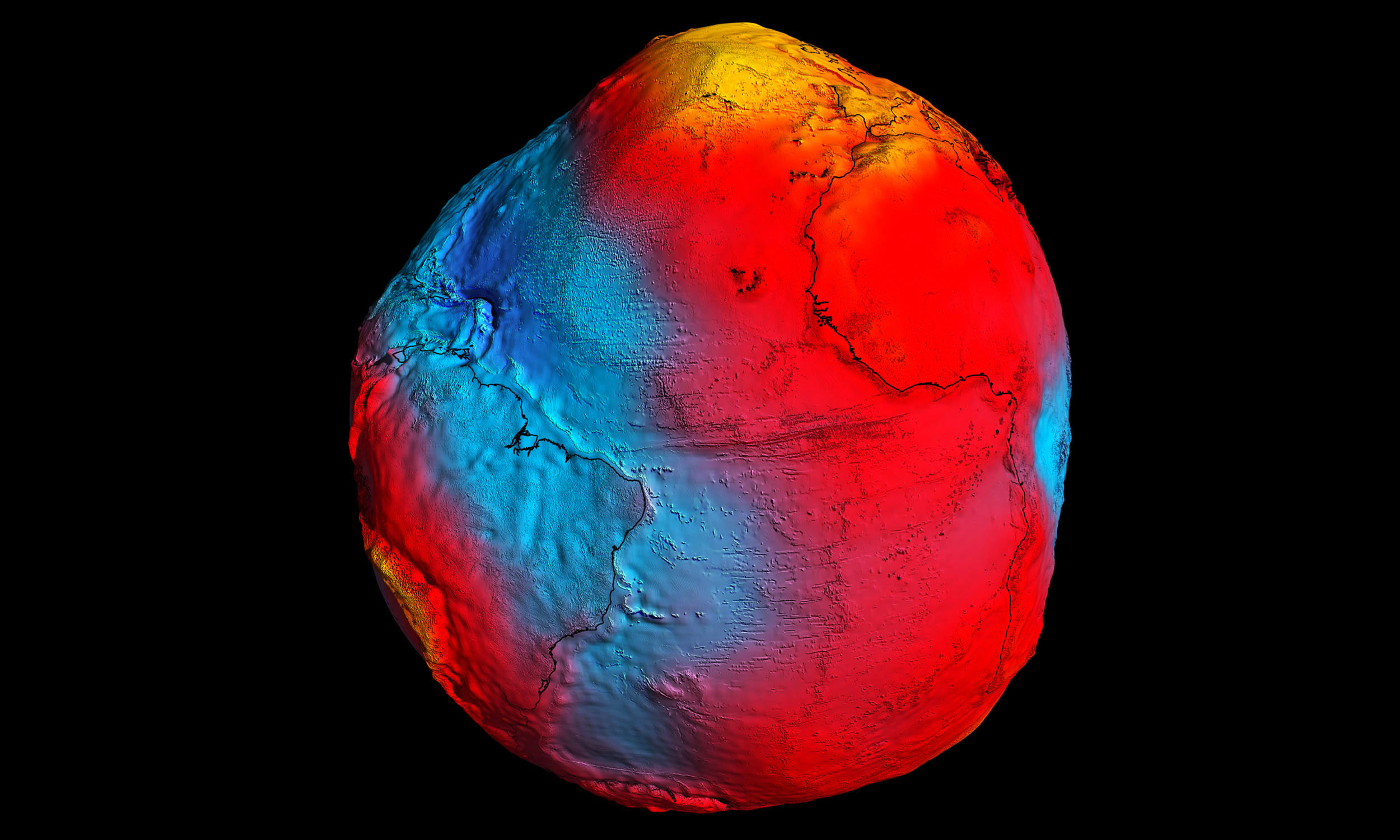In a groundbreaking exploration, scientists have unearthed a chilling yet fascinating discovery in the depths of the Red Sea: massive brine pools functioning as natural “killing zones” for marine life. These pockets of hypersaline, oxygen-deprived water lie thousands of feet beneath the surface and are lethal to any creature that stumbles into them. However, despite their deadly nature, these pools are offering researchers valuable insights into Earth’s history and possibly even the search for life beyond our planet. This discovery, as highlighted in the study published in Nature Communications, is providing a closer look at extreme environments that mirror some of the most hostile conditions on distant water worlds in the universe.
The Red Sea’s Hidden Abyss: A Deep-Sea Horror
The brine pools discovered at the bottom of the Red Sea represent some of the most extreme environments ever found on Earth. These underwater traps are lethal to most marine creatures, which are immobilized or killed by the dense, salt-heavy water. As Professor Sam Purkis from the University of Miami points out, “Our current understanding is that life originated on Earth in the deep sea, almost certainly in anoxic—without oxygen—conditions.” These conditions are similar to the ones that may have nurtured early microbial life on Earth billions of years ago. The pools’ isolation and extreme depth make them a pristine and ideal research location to study how life could have begun in such a hostile environment.
The brine pools in the Red Sea are not just bizarre in their nature but also deadly in how they function as predator-prey ecosystems. Larger predators, such as deep-sea fish, have adapted to wait at the edges of these pools to ambush stunned prey. The saltwater’s lack of oxygen stuns the creatures that enter the brine pools, rendering them easy targets for predators who lurk at the periphery. This unique predator-prey relationship in the deepest parts of the ocean is a dramatic reminder of how alien these ecosystems can be.


Ancient Ecosystems: A Glimpse Into Earth’s Origins
Despite the lethal nature of these pools, they also serve as a window into the distant past of Earth. The extreme, anoxic conditions in these pools are remarkably similar to those that early life forms may have encountered in the primordial oceans of our planet. Purkis emphasizes, “Studying this community hence allows a glimpse into the sort of conditions where life first appeared on our planet, and might guide the search for life on other ‘water worlds’ in our solar system and beyond.”
The brine pools are more than just deadly traps; they are time capsules of Earth’s early oceanic conditions. By studying these environments, scientists can uncover more about the microbial ecosystems that may have formed at the dawn of life on Earth. “Ordinarily, these animals bioturbate or churn up the seabed, disturbing the sediments that accumulate there,” Purkis noted. But in the brine pools, “any sedimentary layers that settle to the bed of the brine pool remain exquisitely intact.” This pristine nature allows scientists to study undisturbed layers, revealing much about how Earth’s earliest microorganisms lived and thrived in a world with no oxygen.
Brine Pools: A Potential Model for Life Beyond Earth
One of the most exciting aspects of this discovery is its implications for the search for extraterrestrial life. The Red Sea’s brine pools share similar characteristics with some of the most promising locations for life beyond Earth, such as the icy moons of Jupiter’s Europa and Saturn’s Enceladus. These moons, believed to harbor subsurface oceans, may have environments similar to the Red Sea’s brine pools.
The presence of hypersaline, oxygen-poor conditions in these distant locations could be vital in the search for microbial life elsewhere in our solar system. The research into the brine pools can help scientists develop models for extraterrestrial environments that could sustain life. These environments might exist in the subsurface oceans of moons like Europa or even in distant exoplanets within our galaxy. As Purkis suggests, studying these deadly underwater ecosystems on Earth offers invaluable clues for the future search for life beyond our planet.
Why These Death Pools Could Hold the Key to Our Past and Future
While the brine pools may appear inhospitable, they are a treasure trove of scientific data about extreme environments. Their role in preserving ancient ecosystems that could resemble the earliest stages of life on Earth makes them invaluable to researchers. As exploration continues in the depths of the Red Sea, scientists may uncover more secrets about the origins of life, both on Earth and in the wider universe.
In addition to their role in understanding Earth’s history, these pools also highlight the adaptability of life to extreme conditions. By studying the unique organisms that survive in these pools, scientists could learn more about life’s resilience and its potential to survive on other planets.
Source link


